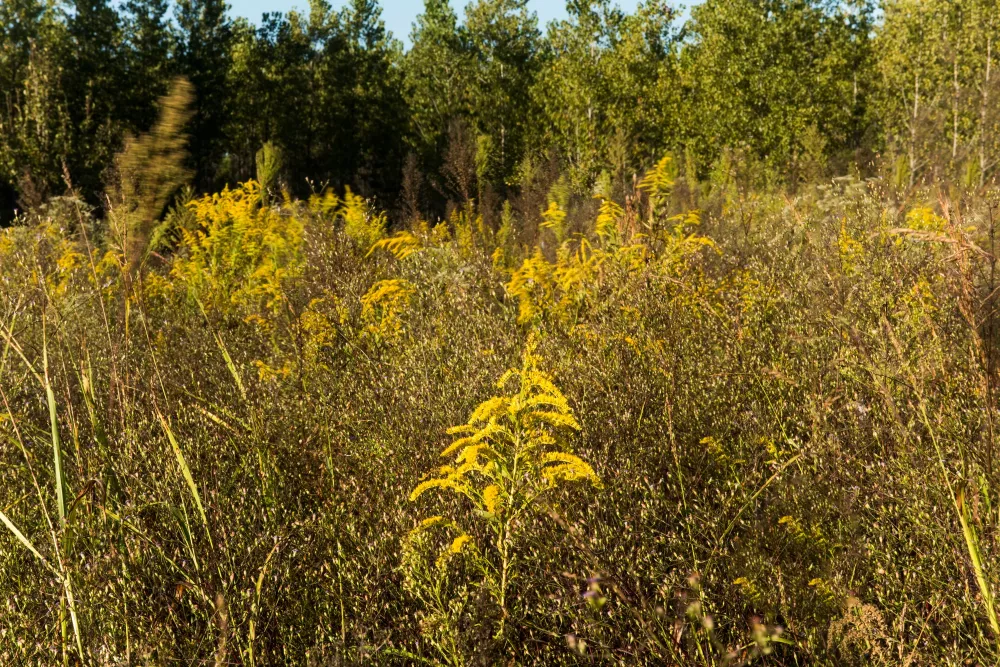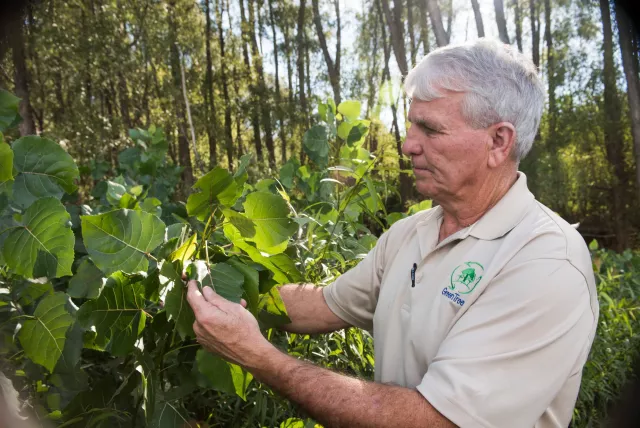Celebrate mom with a lasting tribute this Mother’s Day. PLANT TREES
Current Projects
GreenTrees Reforestation Program
We partner with GreenTrees® to restore degraded agricultural lands back to their original and highly beneficial forest ecosystem in the lower Mississippi River Valley and Virginia.

Overview of the GreenTrees Reforestation Program
Restoring a once thriving floodplain forest in the Mississippi Alluvial Valley and riparian forests in Virginia from what is now degraded agricultural land.
The largest verified reforestation carbon credit program in the United States (and one of the largest in the world) that uses programmatic aggregation for increased durability.
Small and medium sized landowners trust their land to this project because of its long standing reputation and its proven economic benefits.
- Type: Reforestation/Afforestation, Carbon Removal
- Partner: GreenTrees
- Region/Country: United States
- Standard: American Carbon Registry
130K+
Acres of land replanted and managed through partnerships with over 600 private landowners
60M+
Trees planted, 10+ million through the Arbor Day Foundation
6M+
Metric tons of carbon credits issued by the American Carbon Registry via 12 successful ex-post verifications
Additional project specification information
Learn answers to several frequently asked questions about the GreenTrees ACRE (Advanced Carbon Restored Ecosystem) project.
The project consists of over 600 private land parcels located in Arkansas, Mississippi, Louisiana, Kentucky, Illinois, Missouri, Tennessee, and Virginia.
New and additional land is enrolled and added to the project each year. As the project proponent, GreenTrees commits to a 40-year project life for all land in the project beginning with the year that trees were planted in each parcel.
GreenTrees, LLC was founded in 2003. The project officially began in January 1, 2008 and is ongoing today with annual or biannual verification and issuance of carbon credits.
The first verification from the project was completed in February of 2011, covering an issuance of vintage 2009 credits. 6,270,862 credits have been issued to date, according to ACR registry page.
Project Type: Removal; Afforestation/Reforestation
The project and participation are voluntary, and not held to standards under any established federal, state, or local laws. Please see the following site for information on ACR Methodology for Afforestation and Reforestation of Degraded Land, Version 1.0, March 2011.
The durability period of the project’s greenhouse gas removals is 40 years from each planting date.
Yes. The project goes through full independent, third-party monitoring, reporting, and verification (MRV) with site visits every 1-2 years. Verification is performed annually by an accredited third-party. All verification reports can be found here.
The project verifies and issues approximately 1 million Verified Emissions Reduction (VER) credits each year. All verification reports can be found here.
Details about accountability measures for reversals can be found in the ACR Standard v8.0, section 5D.
Credits from ACR114 are issued ex-post. This means credits are only issued after the reductions have been verified by an independent third party. If future emissions reductions do not materialize, credits will not be issued.
Section E5 of the GHG Project Plan details the methods used to calculate Emissions Removal Tonnes generated by the project. The GHG Project Plan can be found here.
Learn more
Contact us today
Interested in learning more about this project? Let us know and we will send you some more information.



